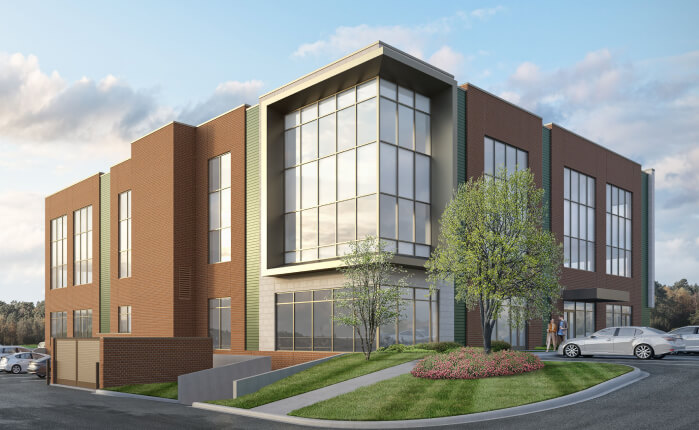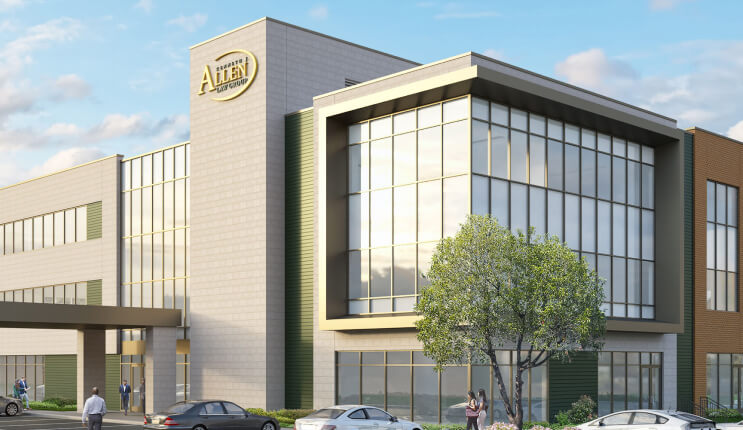The National Highway Traffic Safety Administration (“NHTSA”) explains that the industrial technology known as an “event data recorder” or “EDR” installed in more and more motor vehicles here in Illinois and Indiana actually refers to a number of different types of gizmos. All of these devices function to record specific data regarding the vehicle itself as well as its occupants.
This information is vital to any accident victim involved in a car accident who suffers bodily harm. However, factual sources that help explain the causes of a catastrophic or fatal car crash are especially important to those living and working here in the Chicagoland area.
Our part of the country, as well as the entire “Crossroads of America,” is vulnerable to a greater number of traffic fatalities and car accident deaths than other parts of the country.
For more, read:
- How Deadly are the Roads of Chicago, Illinois? Unacceptably High Risk of Traffic Deaths in the Windy City;
- Hurt in Chicago: The Real Danger of Accident Injuries in Chicagoland and Cook County
- Why is Chicago So Deadly for Pedestrians?
What is a Car Crash EDR?
EDRs are physical installations on more and more motor vehicles being driven on American roads today. From the NHTSA, an EDR is: “…a device installed in a motor vehicle to record technical vehicle and occupant information for a brief period of time (seconds, not minutes) before, during and after a crash. For instance, EDRs may record (1) pre-crash vehicle dynamics and system status, (2) driver inputs, (3) vehicle crash signature, (4) restraint usage/deployment status, and (5) post-crash data such as the activation of an automatic collision notification (ACN) system. … EDRs are devices which record information related to … a highway vehicle crash.”
Why install these Black Box devices in our sedans, SUVs, minivans, pickups, or motorcycles? The NHTSA gives three reasons: they help to improve highway safety by (1) helping to better define the “auto safety problem;” (3) they help law enforcement investigations after a crash; and (3) they help in the analysis of an accident insofar as “understanding the specific aspects of a crash.”
EDRs are not a new idea. Since the mid-1990s the federal government (including the National Transportation Safety Board and NHTSA) have been working to encourage the incorporation of EDRs into not only passenger vehicles but large commercial trucks, school buses, and motor coaches. Their efforts have been successful; today, Black Box EDR data is routinely used in the compilation of the NHTSA crash databases.
The Event Data Recorders, no matter the particular device, operates basically the same. All Black Boxes gather and save information during a car accident that can be accessed later in order to reconstruct the event and discern the reasons for why the accident happened. As an example, there is a “memory module” found in airbags that are a type of EDR which automatically collects and stores data when the airbag is deployed. Read, Katarína, Malinová, Kasanický Gustáv, and Podhorský Ján. “Usage of digital evidence in the technical analysis of traffic collisions.” Transportation research procedia 55 (2021): 1737-1744.
What Data Does an EDR Provide After a Car Crash?
After a severe or deadly car crash in Chicagoland or elsewhere in Illinois, Indiana, or the rest of the country, the accident site will be secured by law enforcement and the vehicles involved will become a part of the evidence of the event. One or more black boxes or EDRs may be a part of the investigations into the incident as police; regulatory agents; insurance adjusters; company representatives; employers; defense attorneys; and those representing the accident victims and their loved ones all work to find the answers as to why the car crash happened.
While there may be some makes and models of motor vehicles that do not have black boxes or event data recorders installed by their manufacturer, most car makers today are fitting their products with these devices. And this isn’t new: Chevrolet, for instance, has been placing black boxes in its cars since 2006 with its Astros; the Buick Allure got EDRs as far back as 2005; and the Geo Metro had a black box back in 1995.
For an exhaustive listing of EDR supported vehicles as of 2024, both passenger vehicles and commercial trucks, see the three-page chart compiled and shared online at no cost by Knott Laboratory, LLC.
From these EDRS may come an amazing amount of data, such as:
- Speed of the vehicle at time of impact
- Braking of the vehicle immediately before impact
- Accelerating of the vehicle before impact
- Movement of the vehicle upon impact
- Timing of the impact
- Force of the impact
- If there was more than one type of impact (such as collision then rollover, etc.)
- Angle of impact upon the vehicle (rear-end collision; T-Bone; etc.)
- If the driver was wearing a seat belt
- If there were any occupants in the vehicle
- If these occupants were wearing safety belts
- If any airbags deployed
- If any airbags had been disengaged
- Warnings from safety technology in the vehicle
- Alarms from safety technology in the vehicle
- Engine RPM at time of impact
- Steering wheel angle at time of impact
- Seat positions for driver and passengers
- Size of driver and passengers
- Duration of the crash
- GPS location at time of impact.
For more, read “Black box 101: Understanding event data recorders”, written and published by Consumer Reports in January 2014; and “Car Event Data Recorder: The Black Box That Saves Money,” written by Renee Valdes and published by Kelley Blue Book on March 5, 2024.
Experts Needed to Access and Analyze the Black Box EDR Data
The good news is that the data is there in the event of a crash. The bad news is that it is difficult for the owner or accident victim to access that EDR information, even if they know it is there. (Most owner’s manuals do provide some black box details.)
The black box or EDR information is very technical data, created by engineers in devices designed by specialists in their field. Accordingly, the EDRs are programmed in a way that is best left to engineering professionals and accident reconstruction experts to decipher. Moreover, there are special tools that are used to access and recover the data from a black box that has been involved in an accident. A “data retrieval toolkit” will be needed that involves a cable connection alongside hardware and specialized software designed for that black box device.
Accordingly, car crash accident victims are wise not only to enlist the help of experienced auto accident attorneys, but to rely upon their suggested reconstructionist experts in the recovery and interpretation of the digital information stored on the black boxes involved in the collision.
The engineering experts will complete reports on their findings. The lawyers will make sure that this electronic evidence (both source material and opinions) is properly authenticated and admissible under the law.
The lawyers may also need to take steps to get a court order or other legal permission in order to gain access to the EDR for their experts. Each black box is owned by the owner of the vehicle. Some insurance company policies include provisions about downloading procedures of any EDR on the vehicle in the event of an accident.
This legal accessing of the Black Box device needs to happen fast, since EDRs may be programmed to erase their data every 30 days.
Also read: Black Box Data in Semi-Truck Crashes: The Importance of EDR Evidence; and Why a Lawyer who is a Trial Attorney Is Important for Accident Victims in Personal Injury Cases.
Black Box Data in Accident Claims for Car Crash Injuries
Obviously the more motor vehicles are involved in an accident, the more EDRs are available to provide key information on what transpired. All these devices need to be accessed by the accident victim as soon as possible in order to maximize the support for their injury claims under state law.
The EDR data can help the victim build their prima facie case against those who have legal liability for what happened and the harm that resulted from the event. Black box data interpreted by the engineering experts, can establish things like:
- What happened in the seconds before and after a fatal car crash, where the victims are unable to speak for themselves;
- Fill in the gaps for victims who have little recollection of the crash itself (a common occurrence in catastrophic car crashes, especially for those suffering blunt force trauma);
- Confirm if there were intervening causes (such as ice causing a vehicle to slide);
- Establish the order of events and timing of impact; and
- Confirm if one of the vehicles was speeding or otherwise being operated in violation of safety laws.
Sadly, car crash victims in Chicagoland as well as the states of Illinois and Indiana must pursue their civil claims for justice while simultaneously dealing with the life-altering consequences of a major car accident.
The law places the burden of proof upon the claimant victim to prove by a preponderance of the evidence that others were at fault and have legal liability for the victim’s damages. Having an analysis of all EDR data involved in a collision can be invaluable in meeting this evidentiary burden.
For more, read:
- Catastrophic Injuries in an Accident: Damages for the Loss of a Normal Life
- Pain Awareness: Claims to Cover an Accident Victim’s Pain Damages
- Speeding Causes Almost Half of All Fatal Car Crashes in Illinois (Around 25% in Indiana)
- Employer Liability for Distracted Driving Accidents in Indiana or Illinois.
The risk of being hurt or killed in a car crash in Illinois, particularly in Chicagoland, is unacceptably high. Black boxes and EDRs help victims in these tragedies to prove their legal rights to justice. Please be careful out there!

